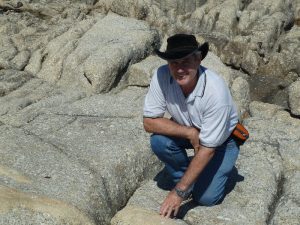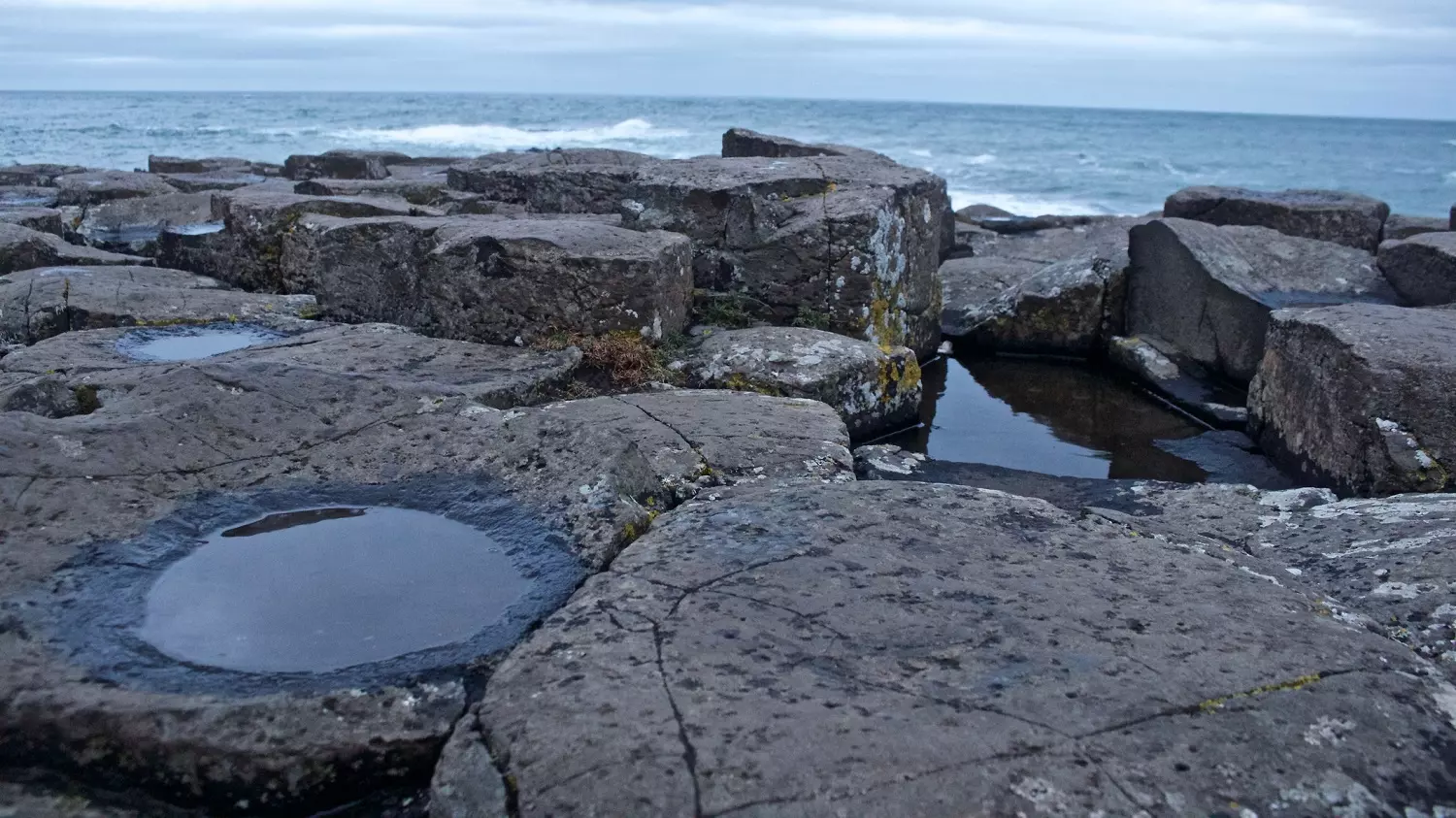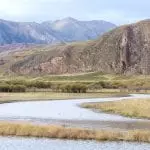[Originally published in 2013 as Castle Hill much younger than James Cook University age reported in Townsville Bulletin]
The Townsville Bulletin published on 2 March 2013 an item about the age of Castle Hill, the iconic landmark that overlooks the North Queensland city titled, “Icon’s not as old as the hills, she’s older”. Written by journalist Daniel Bateman, the article reported ages calculated by Dr. Carl Spandler from the local James Cook University School of Earth and Environmental Sciences.
The ages, based on measurements made on new analytic equipment, were 80 million years older than previously believed for Castle Hill.
A friend in Townsville sent me the news report and asked if I could write a creationist response, which they sent to the paper. Not long after, Daniel Bateman contacted me, asked lots of questions about the geology of the area, and requested a photo of me. However, nothing has yet appeared in print, and I doubt that it will.
I’ve posted my article below (slightly modified), which was written as a news release for the newspaper’s lay audience.
Geologist questions age of Castle Hill

An Australian geologist has claimed that Castle Hill, Townsville’s impressive landmark, is much younger than traditionally taught.
Geologist Tasman Walker, one of the scientists with Creation Ministries International said, “It may seem surprising, but all geological dates are assumed. None has been directly measured.”
Dr. Walker was commenting on the announcement by Dr Carl Spandler from the James Cook University School of Earth and Environmental Sciences that Castle Hill was 80 million years older than previously thought. The measurements were based on new analytical equipment costing $500,000 that was installed at JCU.
Dr. Walker said, “I’ve used this sort of equipment myself. There is no question that its accuracy and precision are impressive. However, this equipment does not measure age. It only measures the concentration of various radioactive atoms in the rock at the present time.”
“The big question is, ‘How many radioactive atoms were in the rock when it formed?’ Unfortunately, researchers cannot measure this; they can only assume how many they think there were.”
“The 80-million-year discrepancy that the researchers reported is not unusual,” Dr. Walker said. “Radioactive dates are full of surprises. If the number is too far off the researchers will just drop it, but Castle Hill’s situation allows a wide range of acceptable ages.
“Castle Hill is composed of granite, a volcanic rock that solidified deep underground from molten lava. Geologists traditionally imagined granite formed slowly over millions of years; however, modern granite researchers say that granite formation was catastrophic and sudden.”
“The molten ‘lava’ gushed in pulses up through long, narrow cracks in the earth, forming large pools on the way.
“The sudden formation of granite would mean the radioactive dates calculated according to traditional assumptions would need to be hugely corrected. When the granite minerals, such as zircon, crystallized, they would have already included radioactive atoms, and that greatly inflates the calculated dates.”
Dr. Walker is one of a growing number of international geologists that connect earth’s rocks and landscapes to biblical history. According to their research, the Castle Hill granite formed deep underground in the first part of the global flood described in the Bible. Later in the flood, the overlying rocks were eroded away as the waters that had covered the continent of Australia receded. This immense erosion exposed the granite outcrops around Townsville, including Castle Hill.
“So, Castle Hill is Townsville’s monument to Noah’s flood,” Dr. Walker said. “The date for that is established historically, which is the only reliable way of dating events in the past.”






